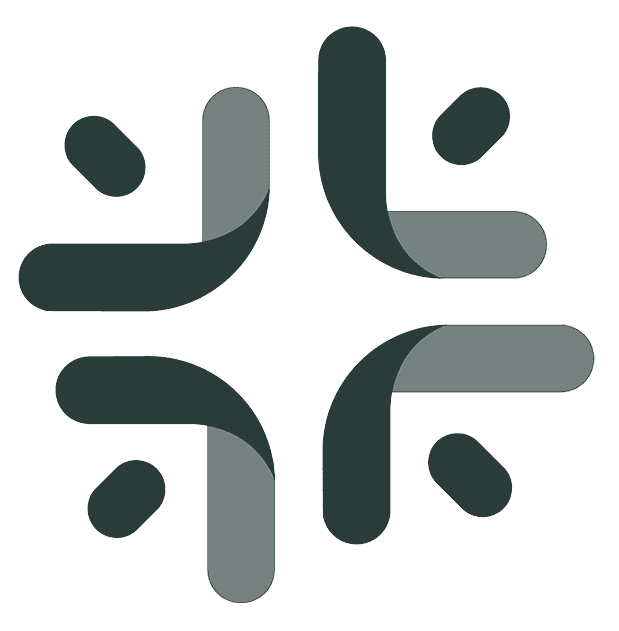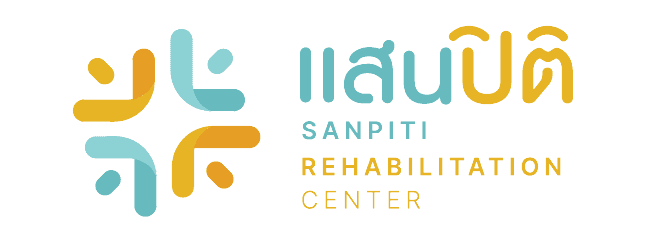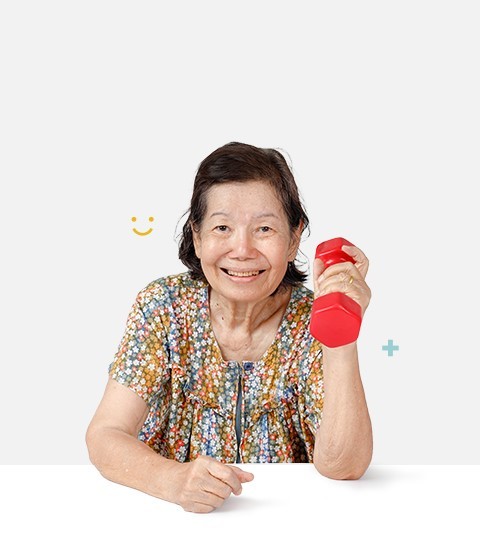
Improvement
Physical Therapy at Sanpiti Case #1: Physiotherapy technique for oromandibular dystonia
Posted on
Jun 6, 2024
Posted by
Sanpiti Physical Therapy
PT Recovery Journey
Oromandibular Dystonia is a condition characterized by muscle hypertonicity in the lower face and chin, leading to abnormal movements such as jaw locking and a deviated chin. This can prevent one from closing or opening mouth and moving jaw properly. This condition can arise from various causes, including infections, brain abnormalities, medication side effects, injuries, and genetic factors. It often impacts daily life, particularly eating and communication, as the hypertonicity disrupts the muscles involved in swallowing, chewing, and speaking. Severe hypertonicity can cause pain in the face and neck.
Oromandibular dystonia is rare, affecting only 6.9 per 100,000 people with women being three times more likely to develop it than men. The average age of onset is between 45 and 75 years old.
Case Study
A patient at Sanpiti clinic presented with an inability to close his mouth, resulting in oral cavity dryness, oral sores, difficulty in swallowing saliva, eating, and communicating. An initial examination revealed prolonged hypertonicity of the platysma muscle, pulling down the jawbone and preventing the mouth from closing. This significantly hindered the patient's daily activities such as eating and talking. The treatment plan prioritized reducing muscle hypertonicity and increasing joint mobility of jaw.
Treatment with PNF Technique
Proprioceptive Neuromuscular Facilitation (PNF) is a physical therapy technique used to treat various muscle disorders, particularly to reduce hypertonicity and improve range of motion. For this patient, the therapist used two techniques: Contract-Relax, which involves muscle contraction followed by relaxation, and Agonist Contract-Relax, which stimulates the opposite muscle group to achieve relaxation in the targeted muscle.
The main key of this treatment is applying the precise resistant direction to the contracting chin muscles and their opposites, requiring knowledge of anatomy, physiology, and therapist experience to choose appropriate hand placement and level of resistance on patient's face and chin. Improper resistance application can result in ineffective muscle stimulation due to the complexity of jaw joint which has multi-directional movements. The therapist must exert resistance in precise directions that allow maximum muscle stretch and contraction.
Physical Therapy Outcomes
Initial assessment showed that the patient could not close his mouth, speak, or articulate a single syllable due to chin muscles hypertonicity. After the first treatment, jaw movement improved, enabling the patient to close his mouth halfway and start articulating single syllables, though not clearly. After four consecutive days of treatment, the patient could fully close his mouth and clearly pronounce consonants that require mouth closure, such as 'b,' 'p,' and 'm.' Moreover, resulting in the reduced dry mouth which improved his daily eating activities.
Related Post


